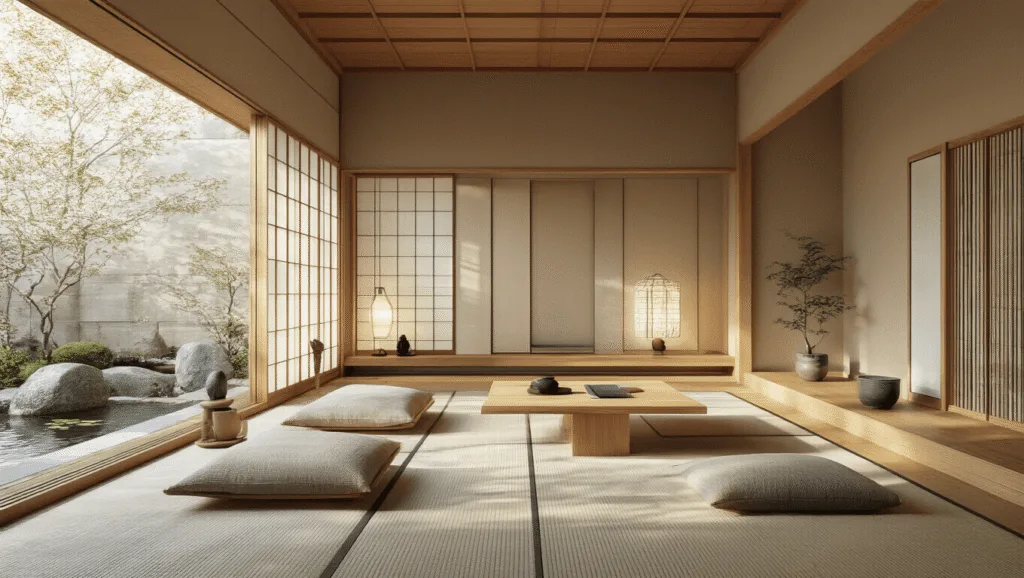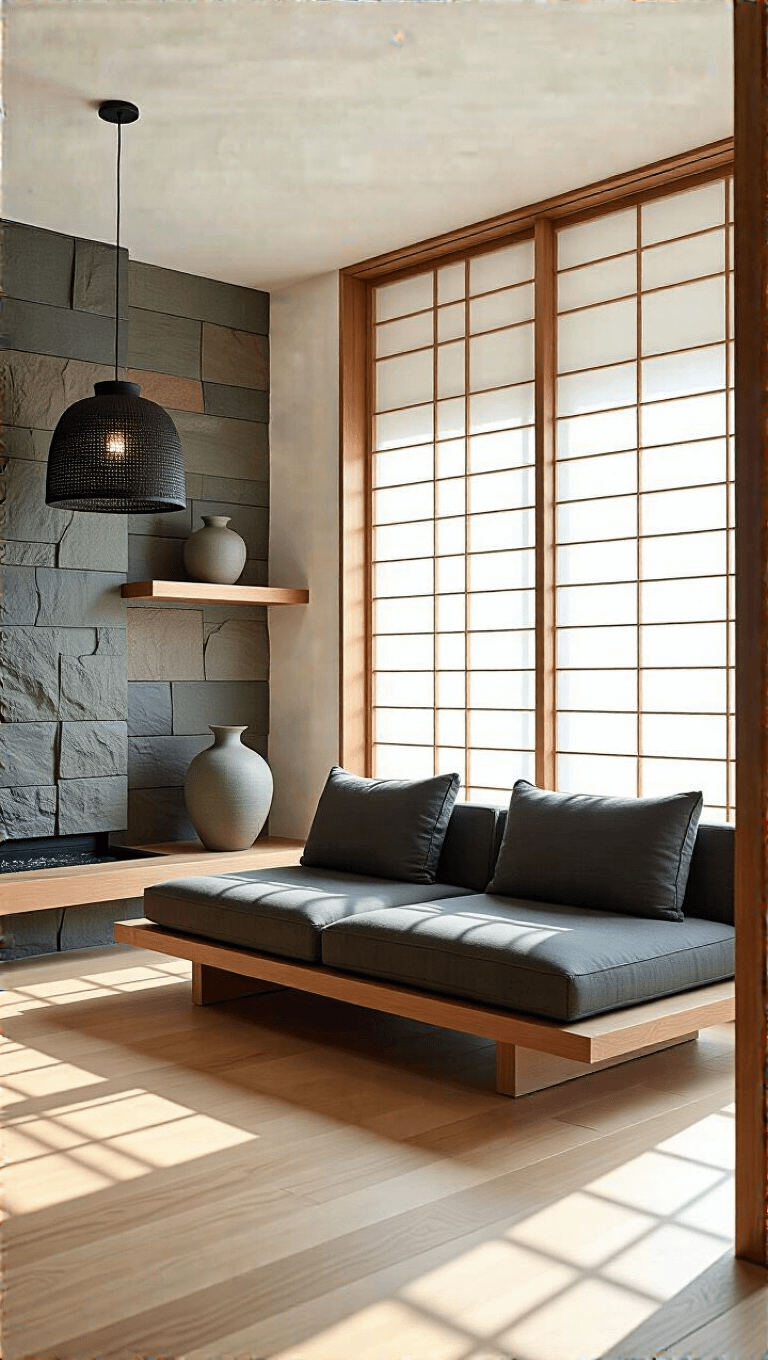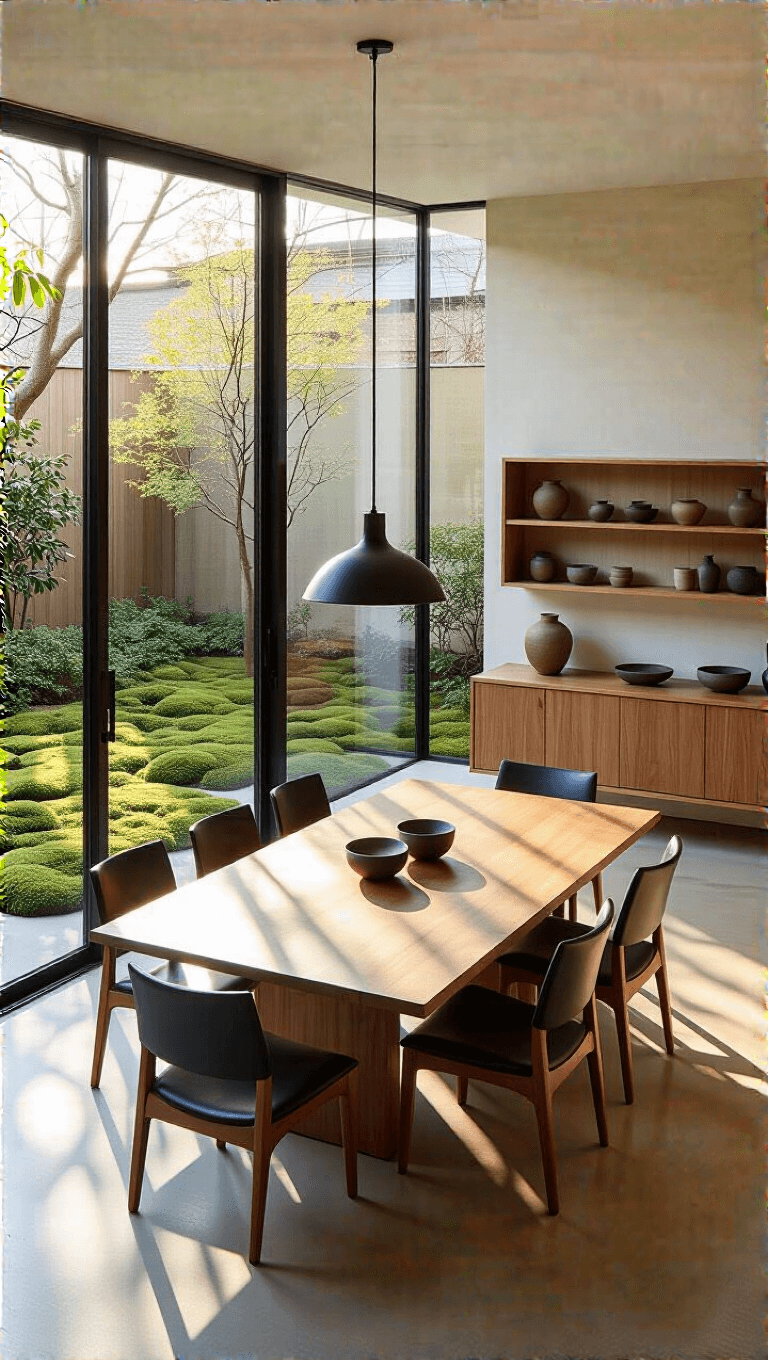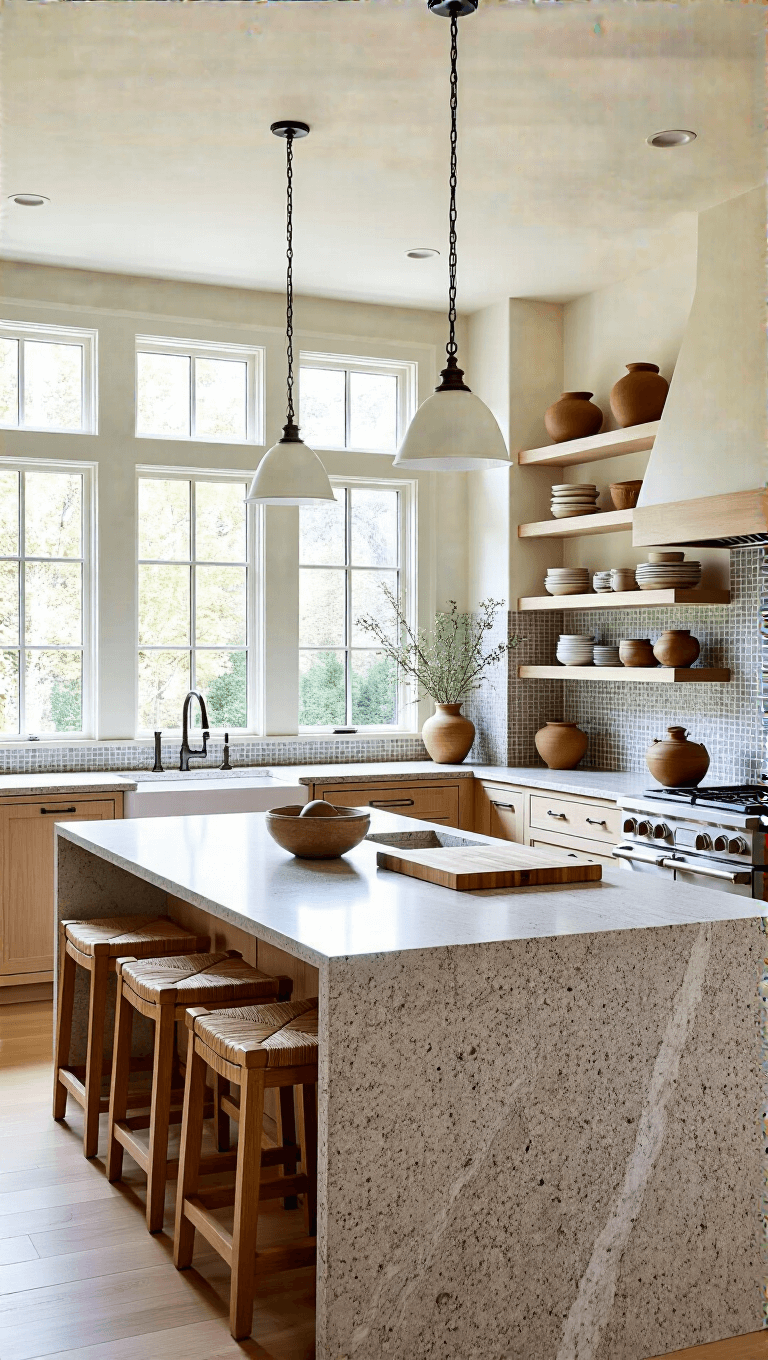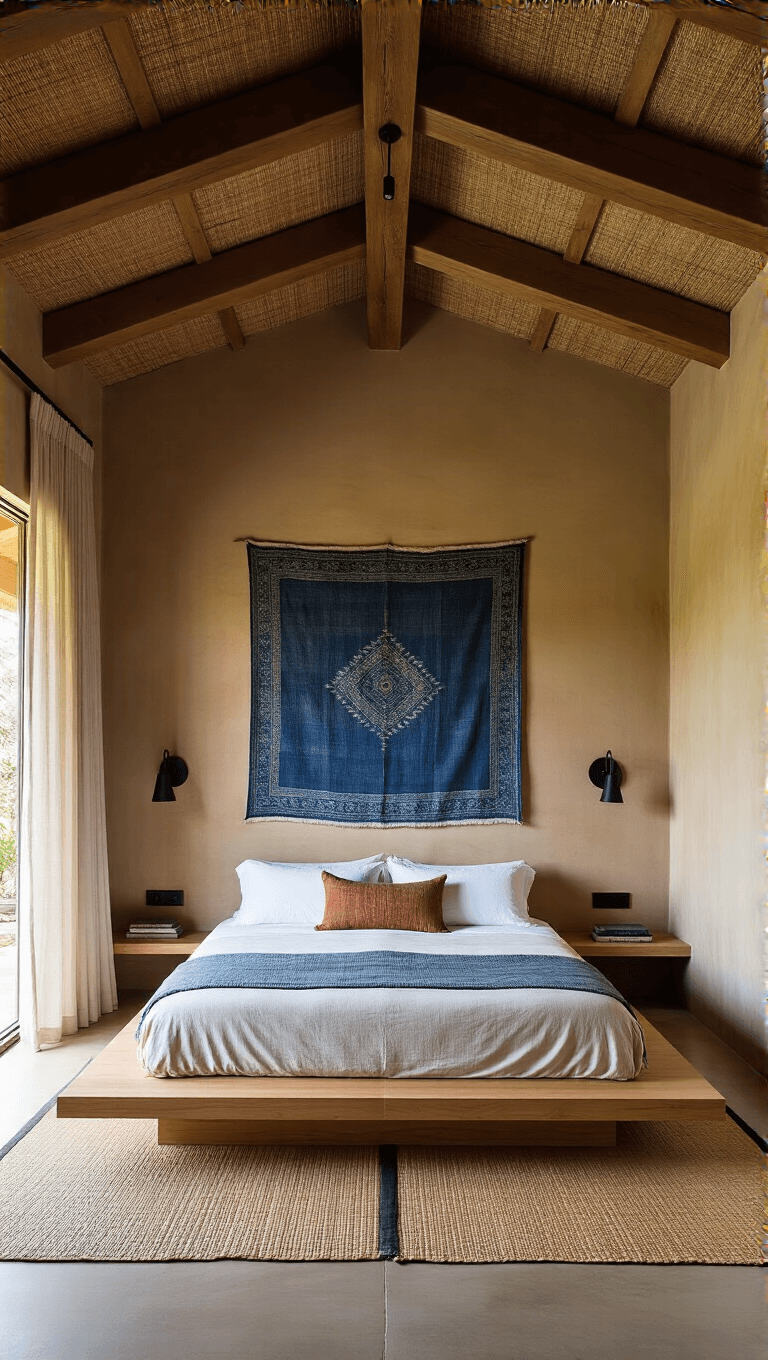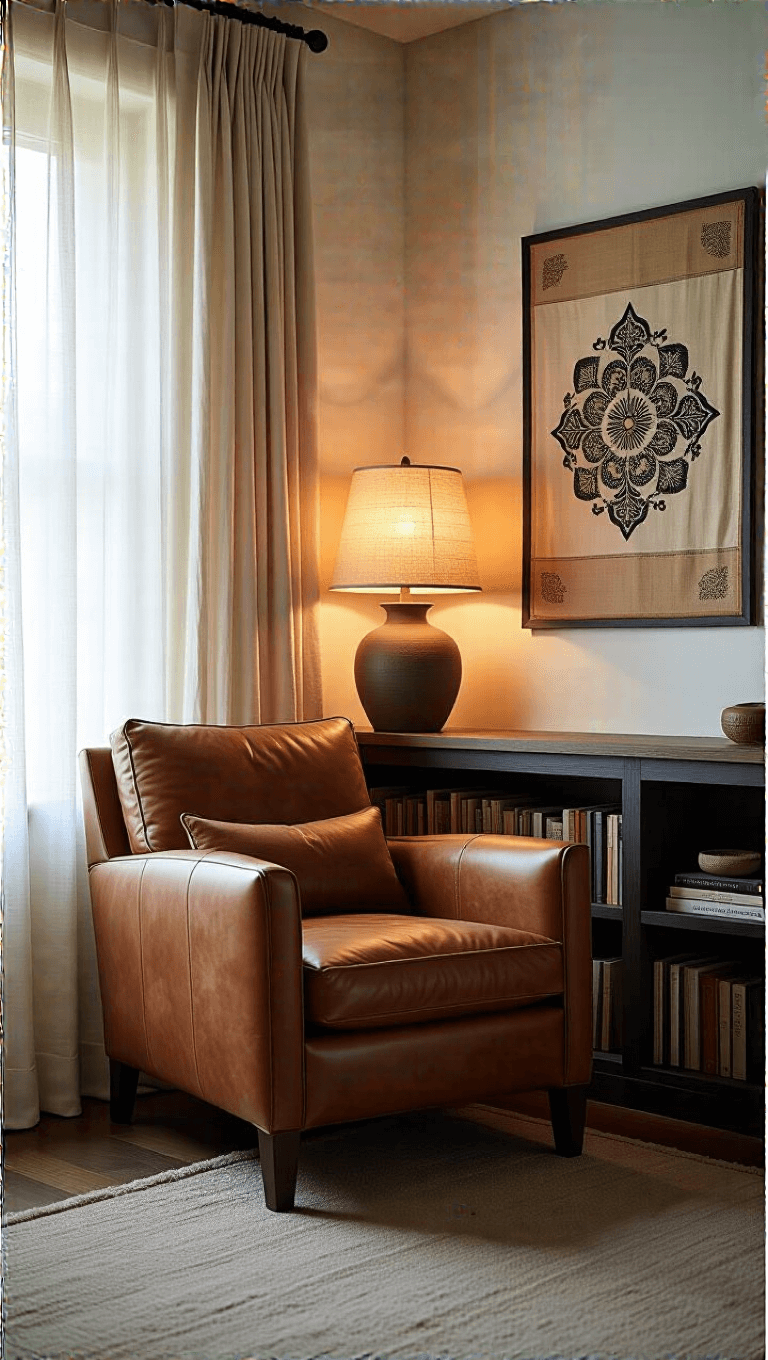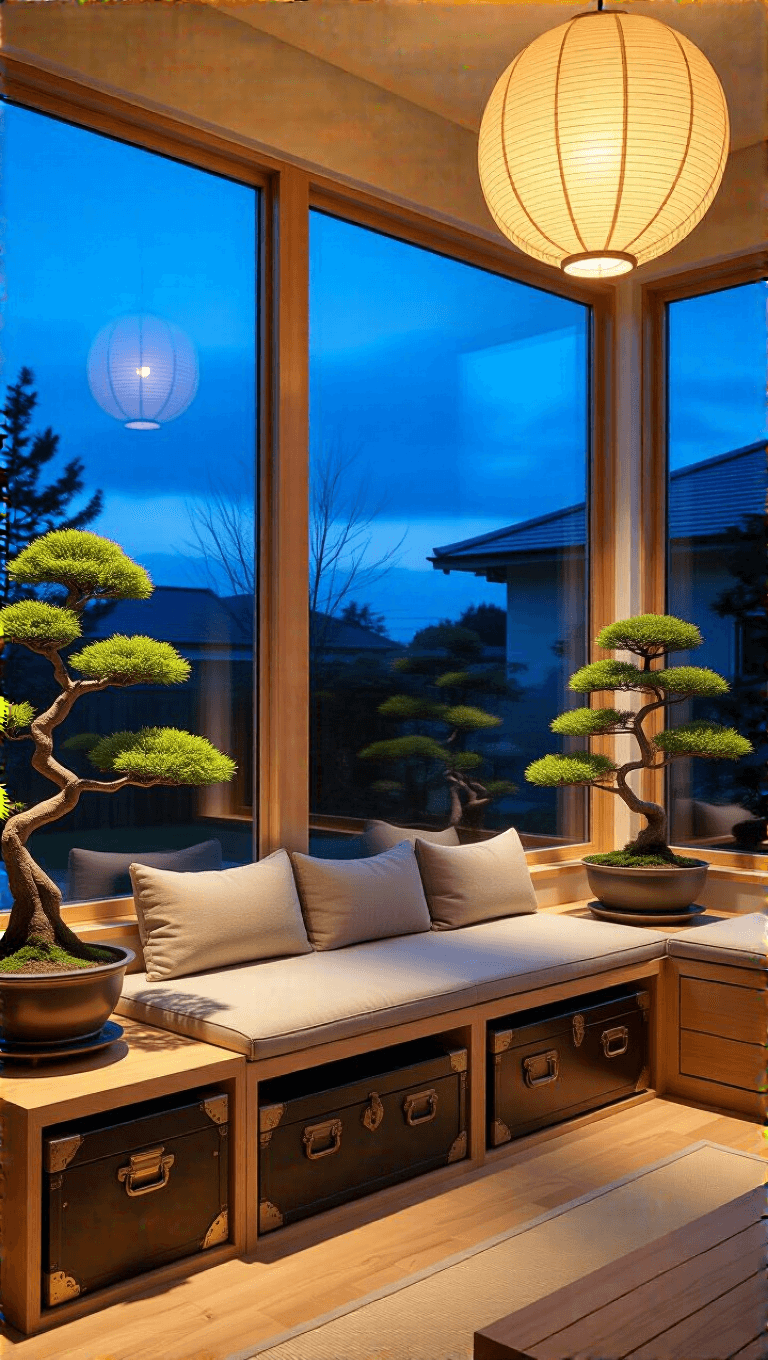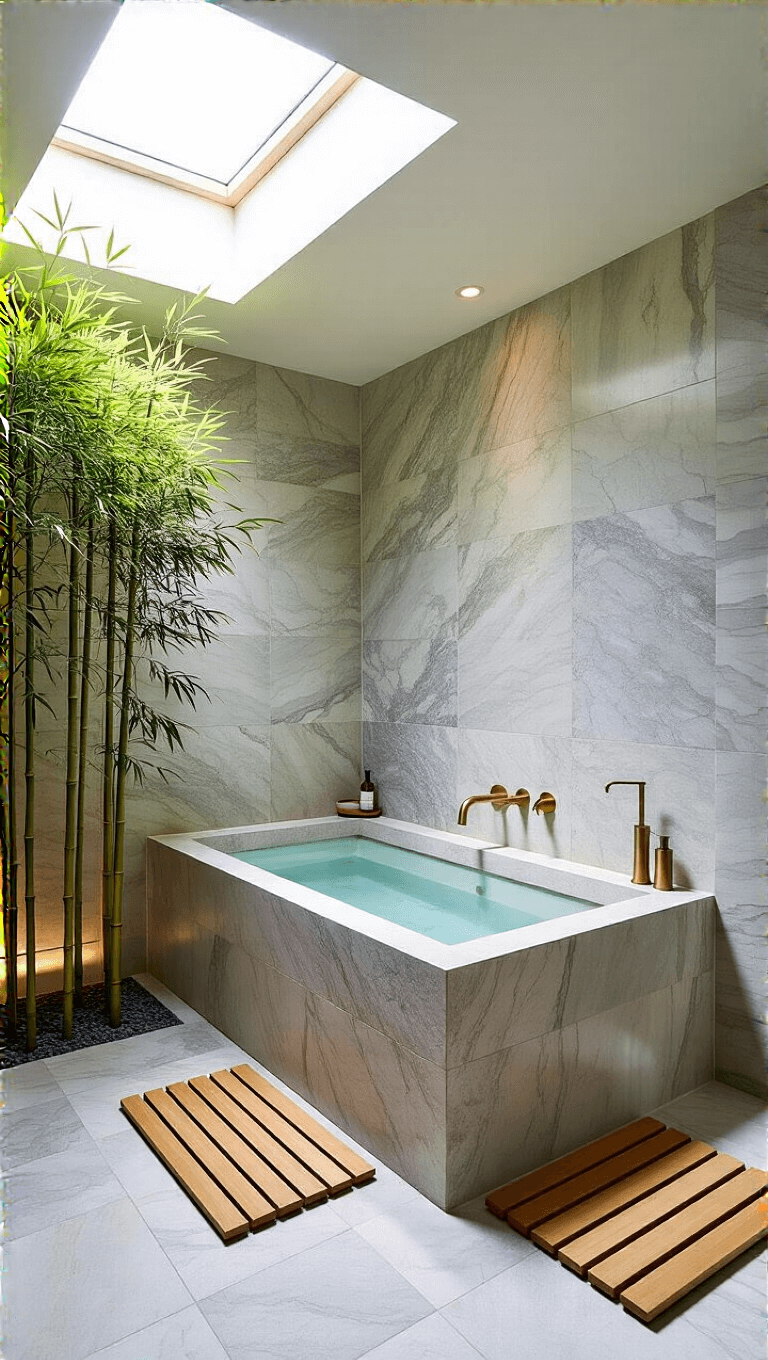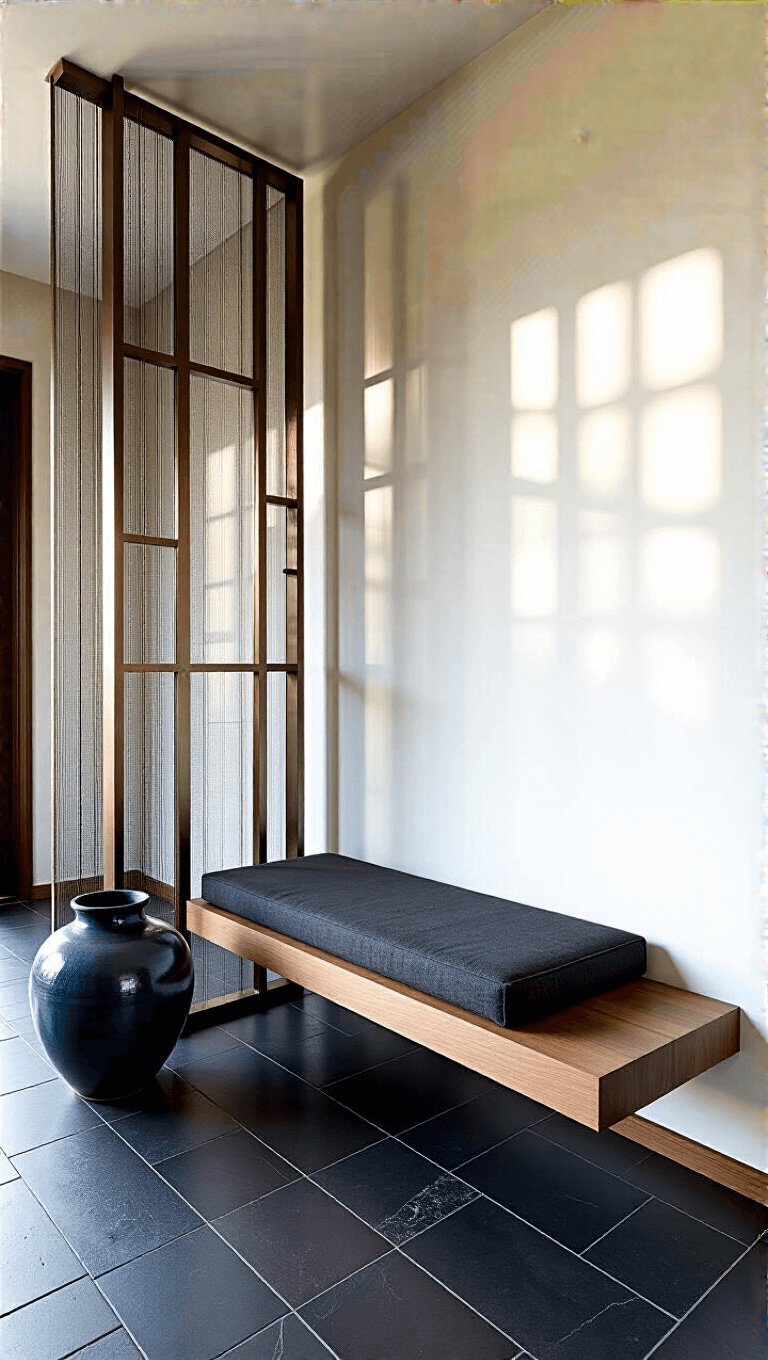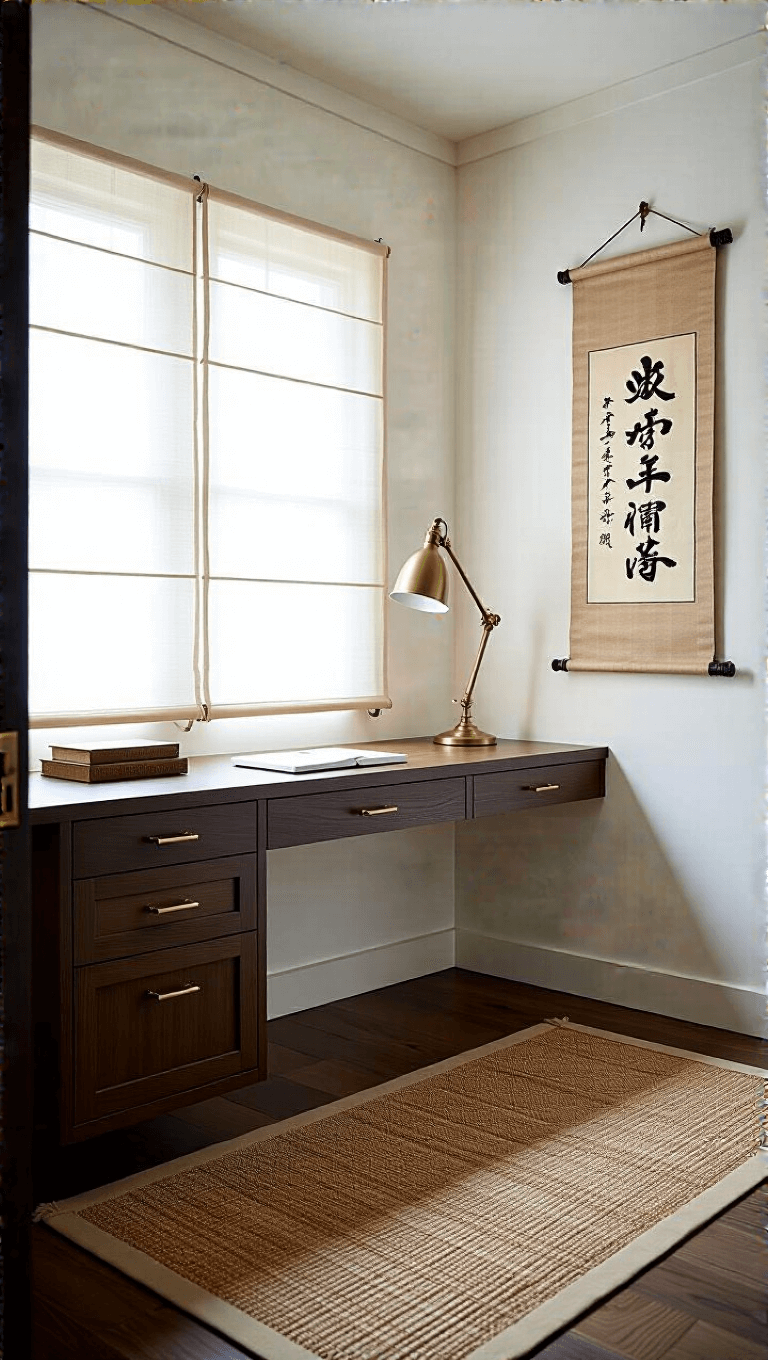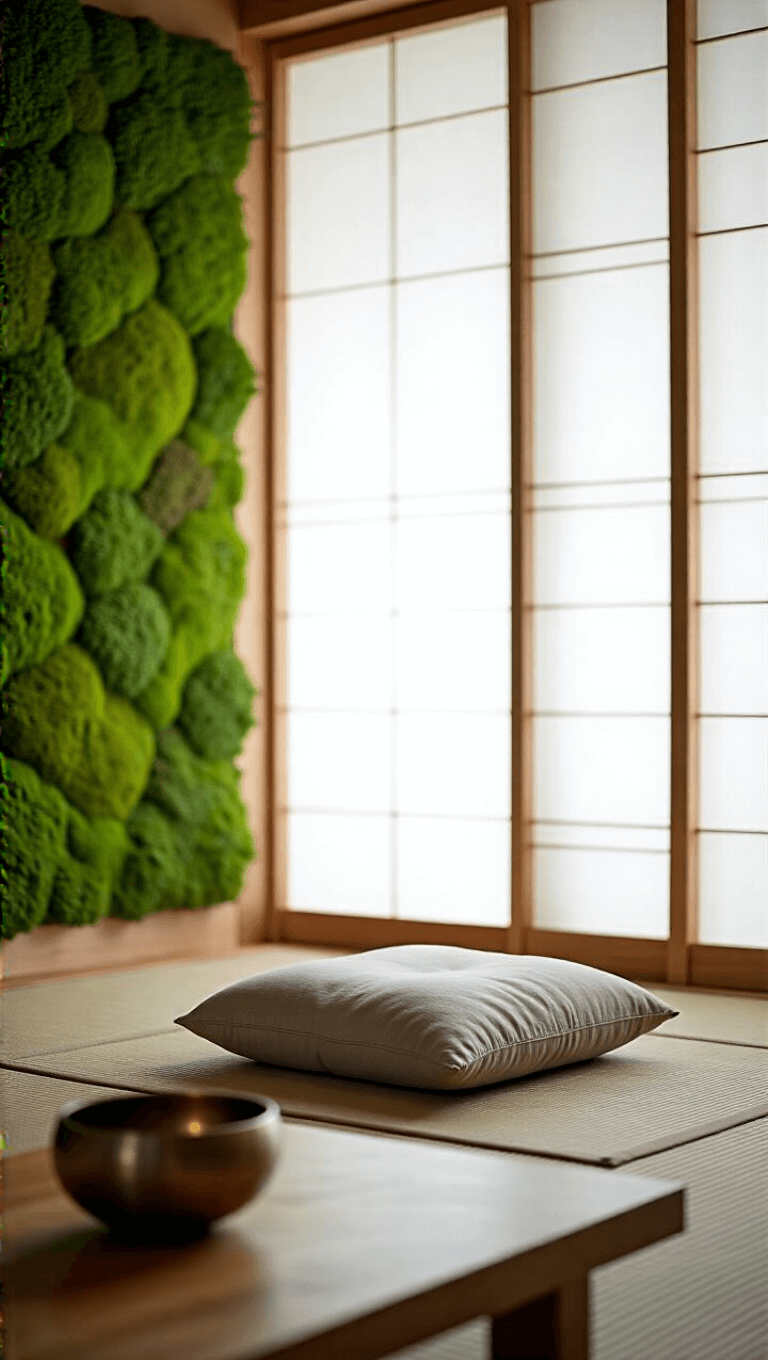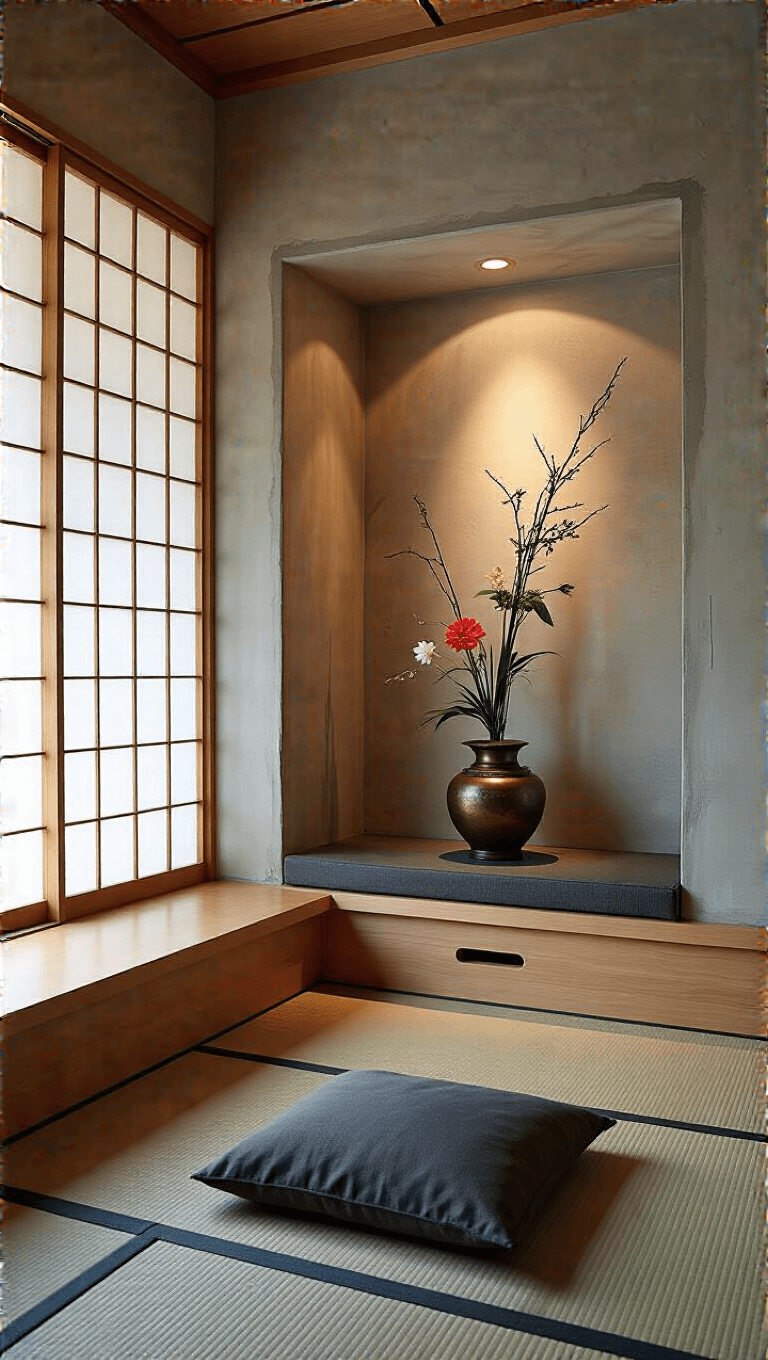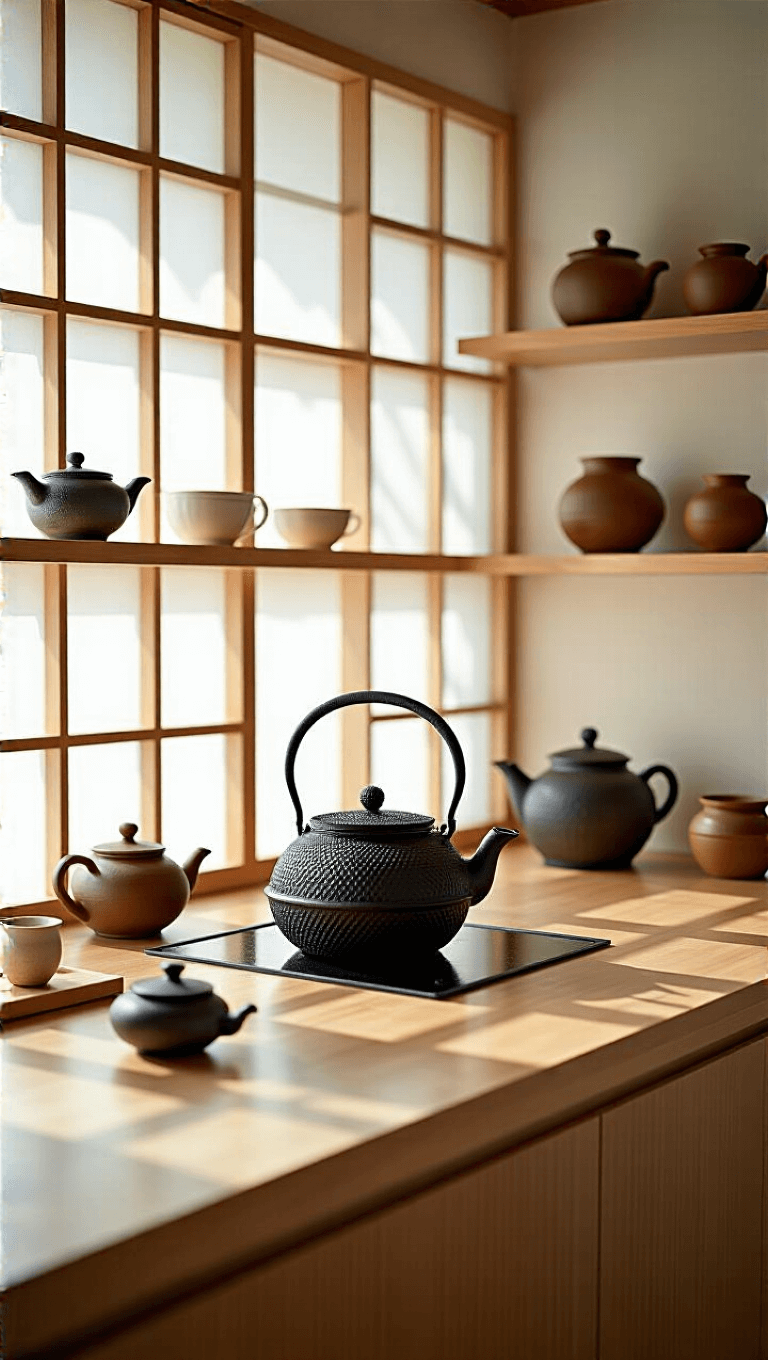Embracing Serenity: The Art of Modern Japanese Home Design
Modern Japanese home design is more than just a style—it’s a lifestyle that transforms living spaces into tranquil sanctuaries of simplicity and purpose.
What Makes Modern Japanese Design Unique?
Imagine walking into a home that breathes calm. Where every object has meaning, every space tells a story, and clutter becomes a distant memory. That’s the essence of modern Japanese design.
Key Design Principles
Core Characteristics:
- Minimalism that doesn’t sacrifice functionality
- Deep connection with natural materials
- Emphasis on negative space (Ma)
- Seamless integration of indoor and outdoor environments
Essential Elements of Modern Japanese Home Design
Materials That Matter
The magic of Japanese design lies in its materials:
- Woods: Light oak, cedar, bamboo
- Textures: Smooth stone, soft linen, matte ceramics
- Colors: Earth tones, whites, subtle grays
Furniture that Speaks Simplicity
Must-Have Pieces:
- Low-profile platform beds
- Minimalist sofas with clean lines
- Modular furniture that adapts to space
- Tatami mats for authentic touch
Creating Your Japanese-Inspired Space
Styling Tips for Beginners
Declutter Like a Pro:
- Remove unnecessary items
- Choose multi-functional furniture
- Embrace open spaces
- Focus on quality over quantity
Seasonal Adaptations
Japanese design beautifully evolves with seasons:
- Autumn: Maple leaf accents
- Winter: Subtle pine elements
- Spring: Delicate cherry blossom touches
- Summer: Coastal-inspired accessories
Budget Considerations
Cost Breakdown:
- Budget Updates: $10,000 – $30,000
- Mid-Range Renovation: $50,000 – $100,000
- Custom Design: $150,000+
Pro Tips for Authentic Implementation
Avoid Common Mistakes:
- Don’t overcrowd spaces
- Maintain clean, straight lines
- Balance neutral tones with subtle accents
- Prioritize natural light
Technology Integration
Modern Japanese design isn’t about rejecting technology, but integrating it seamlessly:
- Hidden charging stations
- Minimalist smart home controls
- Wireless technology concealed in furniture
Maintenance and Longevity
Keeping Your Space Pristine:
- Regular decluttering
- Quality materials that age gracefully
- Flexible furniture arrangements
- Seasonal refreshes
Final Thoughts
Modern Japanese home design isn’t just about looking good—it’s about creating a living environment that supports mental clarity, reduces stress, and connects you with your surroundings.
Pro Tip: Start small. One room, a few key pieces, and mindful choices can transform your entire living experience.
Hashtags for Inspiration
#ModernJapaneseHome #MinimalistLiving #ZenInteriors #JapaneseDesign
Remember: Your home is a reflection of your inner world. Make it peaceful, purposeful, and profoundly you.

